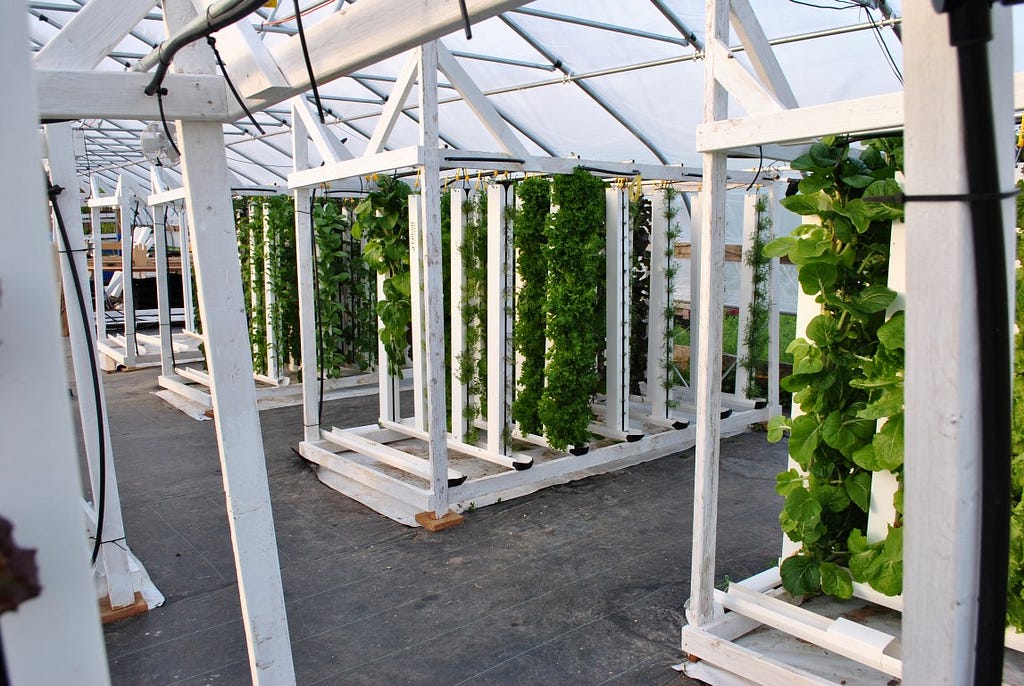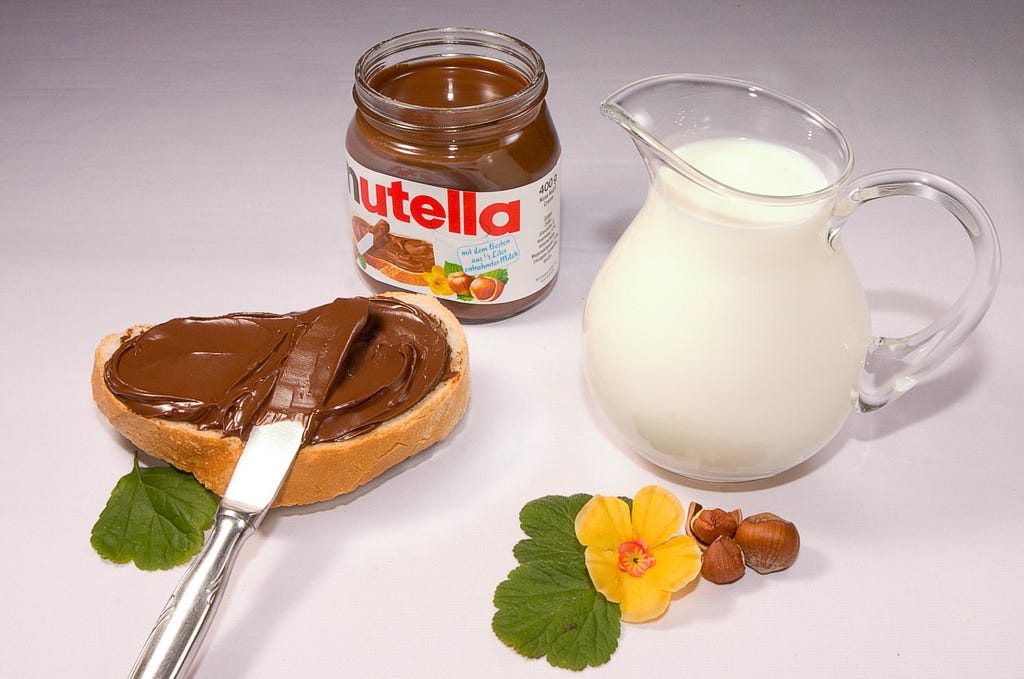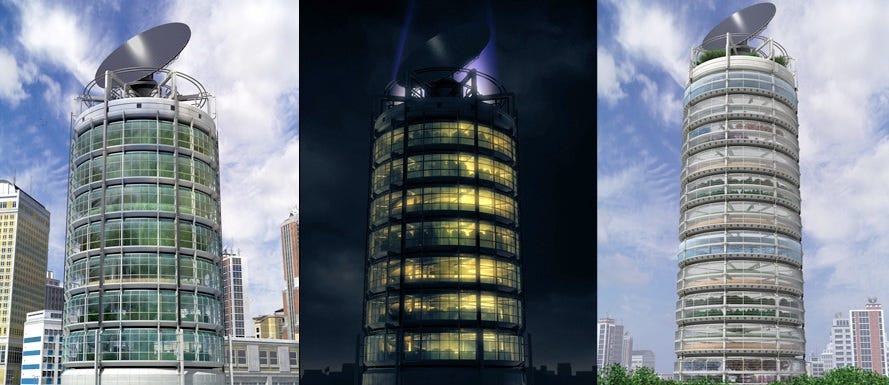Latest news about Bitcoin and all cryptocurrencies. Your daily crypto news habit.
In America the average age for farmers is increasing and we are seeing lower numbers of small farming communities as people move to urban centers. In addition to the aging farmer problem, our antiquated agricultural practices are contributing to environmental destruction. What happens when our farmers age out, their communities disappear along with their legacy, and systems that are too big to maintain? We have two options, continue with our current system with younger farmers or create a new system with younger farmers. Either way we need the next generation to pick up the torch so let us redesign the way that agriculture is managed, making it more sustainable and productive in the process using next generation technology. Using Internet of Things (IoT) we can reimagine farms that are automated to reduce environmental impact.
 An old timer and his pup doing some fixing up
An old timer and his pup doing some fixing up
CURRENT STATE OF FARMING
Farming has always been labor intensive, it’s the primary reason animals were domesticated and why wars were fought for slaves, not just land. It is also the reason we invented monoculture farming, a revolutionary invention that increased the output of farms while reducing the amount of labor. As with everything moderation is key, when monocultures cover entire countrysides they can be disastrous, something we didn’t realize before the effects became too apparent. The social and environmental impact of monoculture farming has required us to now search for a solution to our previous solution.
 Migrant farmers filling the need for cheap labor
Migrant farmers filling the need for cheap labor
THE FUTURE OF FARMING
We propose a system that keeps monoculture farms dispersed among permaculture farms and wilderness, combined with a network of sensors surveying rural regions collecting agricultural and environmental information. Monocultures are what have allowed civilization to prosper and use land efficiently to maximize food output. However the long term impacts of monocultures on local biodiversity and soil nutrient content make them unsustainable agricultural models in this day and age. Wilderness and permaculture on the other hand maintain biodiversity and humanity’s relationship with nature. Sensor networks give us knowledge of our farmland so we can use data such as soil moisture, air composition at varying altitudes, and animal movements to more effectively manage our crops and increase outputs. Improved biodiversity and connection to nature is just one way of using all this eco-intelligence. What if we used information from our farm to not just improve the plants but the farm itself?
We can use this new found knowledge to automate the farming process to fix our agro-geezer problem. Using the current infrastructure already in place, we can change the purpose and how it gets used. Instead of giant warehouses of caged pigs, we convert it to a greenhouse and let the pigs roam free and sleep inside at night. Free roam pigs increase the ecosystem’s health by introducing more activity and diversity into the surrounding environment. By tracking the pigs through embedded chips that identify who they belong to, where they are, and collect biometric data on their health, and let the agro-automation system manage when and how many pigs are let out based on the weather or how hot the greenhouse needs to be using. Actually getting this to all work is quite easy. It is more of a question of if it works. Sure our current system isn’t perfect but technology doesn’t necessarily help. So we research the effectiveness of our new system to get more insights on the results of how well we used our original data.
 Indoor using hydroponic systems
Indoor using hydroponic systems
DATA DRIVEN FARMING
All this eco-intelligence is insanely valuable and also vastly complex. How do we keep track of it all and make sure the sensors are maintained? We can actually be introducing more problems then we have now. Not even considering that it might not work, how is this more sustainable? Automation takes over the labor but there other aspects of sustainability to consider. Embedded sensor networks allow us to track CO2 emissions from machinery, plant growth patterns, how much animals are talking to each other, and track the growth of mycelia networks to gain a holistic perspective of our ecosystem’s health. Local farms can share data together to create a plan that takes into account each farms available resources, geography, and market prices for their crops this year — all automated using basic sensor data.
With the wealth of information and eco-intelligence generated by our agro-automation system we will be able to dig a deeper to understand the micro and macro scale flux patterns of our planet. Now imagine if we could crowdsource all of these valuable insights from every farm in a region, every region in a country, and every country in the world. You would have a massive set of information that contains the patterns of ecosystems that support our society. Sharing our resource in a collaborative manner is the only way we can mitigate our impact on the environment and prevent conflicts as natural resources become less available (Nutella supplies won’t last forever). Coming together as an entire species to build a better world is imperative if we are ever to expand into space. In order to make the world a better place we need to understand it first. As community members of the planet Earth it is our job to help take of it, even if humans are not running farms ourselves it is our responsibility to make sure they bring value to the world, not just us.
 Save the Nutella before it’s to late
Save the Nutella before it’s to late
THE ROLE OF HUMANS IN AGRO-AUTOMATION
You would think that our automation would remove humans from the farming process but it gives them an even greater purpose. Instead of schlepping equipment and shoveling shit they can focus on the health of their plants and growing an ecosystem, work that computers can’t do. Most importantly this work is appealing to younger generations with creative, technology enabled skills looking to make a positive impact. No matter how automated the system gets humans will always have an essential role to play, connecting nature to technology. Computers will be better at collecting information, analyzing data, calculating prediction models, and eventually there will even be autonomous robots that will fix and repair our IoT network and farm machinery. For the foreseeable future computers will not be able to understand what nature is, they can’t feel the pleasure of hearing birds come to life at sunrise or ice cold spring water sliding down the back of your throat. In an agro-automation ecosystem, our job as humans will be translating the beauties of nature into something that computers can understand and help cultivate.
 Experimental designs for Vertical Farms
Experimental designs for Vertical Farms
The automation system may work to optimize a plant’s growth while human researchers (a.k.a farmers) look at the role the plant is playing on their farm and veto the automation system if they think the plant should be removed, not improved. By telling the system the problems they are seeing with the current farming methods the system can understand what makes a natural ecosystem so beautiful. It can understand that flowers are important because it makes colorful fields even if they have no productive output. In this way we can improve farm productivity, the planet’s environment, and humanity’s role in civilization.
THE TAKEAWAY
With current practices of the agricultural industry there are significant improvements to be gained by automating using IoT. With decentralized sensor networks aggregating data, data driven farm systems, and executing human control over operations we can reduce the environmental impact of agriculture and create space humans in the new age economy. In addition the overwhelming amount of data and freed up human labor will foster innovation and contribute to further social impact efforts using agro-automation as a template for creating a co-existent world between human, machines, and nature.
IoT AUTOMATED FARMS - THE FUTURE OF SUSTAINABLE AGRICULTURE was originally published in Hacker Noon on Medium, where people are continuing the conversation by highlighting and responding to this story.
Disclaimer
The views and opinions expressed in this article are solely those of the authors and do not reflect the views of Bitcoin Insider. Every investment and trading move involves risk - this is especially true for cryptocurrencies given their volatility. We strongly advise our readers to conduct their own research when making a decision.
